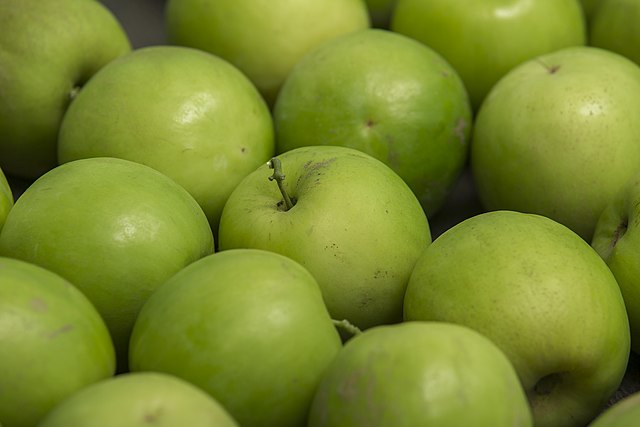The ripe jujube fruits in Zhuji’s jujube forest in Shadong Province of China look showy, scarlet and inviting this September.
So consecrated by the local cultures have jujube forests become, that the government has enshrined them as agricultural tourism sites.
And it is not just the fruits that bring prosperity to the hamlets. Rather, picturesque oriental design houses tower over the fruit trees. Skirting them are cobbled avenues that help fetch and transport the ripened red berries.
Importantly, the ‘golden silk’ scarlet jujubes of Leling area in Shadong have finally bowed down for the usually unique September harvest.
Each September 29, China observes the mid-Autumn holiday and on October 1 marks the National Day. This is why farmers in Leling are celebrating that their fall jujube harvest coincides with the oncoming week of festivities.
On September 28, 2023, President Xi Jinping marked the eve of the founding of modern China earlier than usual. He urged the nationals to “work together.’
During the national holiday week, Jujubes will bring producers more income than usual due to a spike in demand. The abundance of jujubes around September helps them sell at $5.95 a kilo, usually the lowest for the year. Afterward, the prices scale back to between $14.87 to $23.79 a kilo (2022 price indices).
In 2020, green jujubes cost 1.2 Yuan per half kilo at wholesale or $0.5 per kilo using that year’s exchange rates. Golden milky jujubes like the ones in Shadong cost 4.5 yuan per half kg or $1.24 per kilo.
Current September, 2023 prices in Asia for jujubes show that the cheapest are in Dubai, UAE where a kilo costs $14.42 at major grocery stores.
Health Benefits of Jujube also Promoting Tourism
Jujube seeds are also helping promote jujube forests as agricultural tourism sites. Taiwanese demand for Chinese Jujube seeds, especially, has risen by 50% amid skyrocketing prices due to uptick demand.
Jujubes have numerous nutrients including high fiber content at 6 grams. This means that several servings can help meet the body’s need for 25g of fiber daily.
People also come to China to see various species of jujube, some of them drought-resistant, such as sour jujube or Zizyphus sppinosus Hu. This variety grows in hilly regions, both in cultivated and wild dwarf forms.
